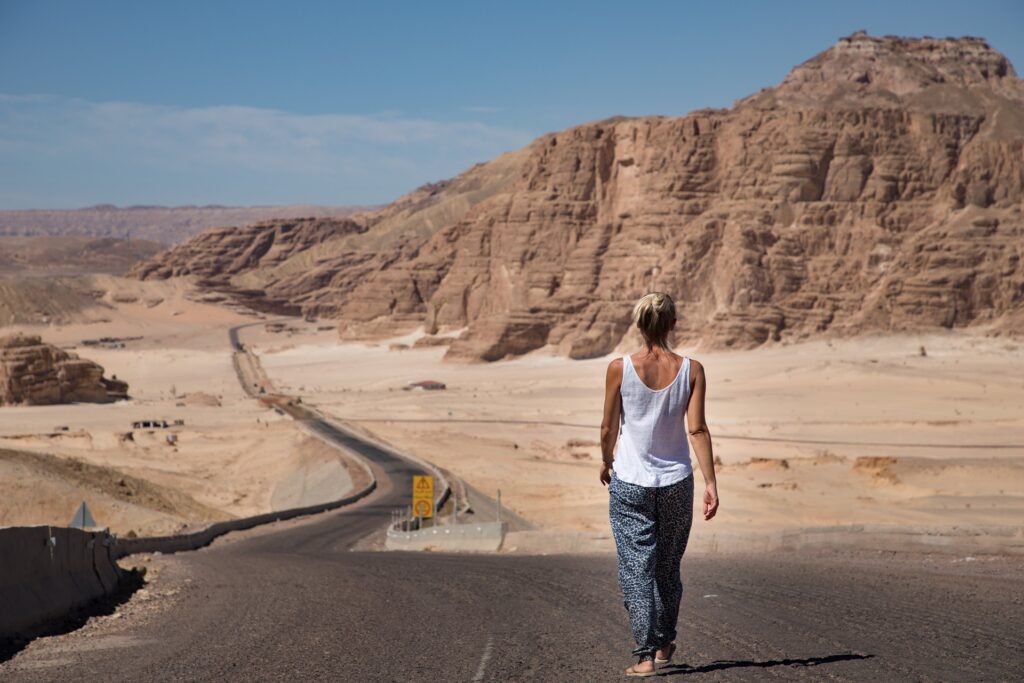As Egypt prepares to unveil its monumental Grand Egyptian Museum (GEM) later this year, the country’s tourism sector stands on the cusp of a transformative moment. The GEM, with a construction cost exceeding $1 billion, represents a significant milestone in Egypt’s efforts to reinvigorate its tourism industry, which has faced a myriad of challenges in recent years. This world-class museum, set to open in November, is just one facet of Egypt’s broader strategy to breathe new life into its tourism sector—a key pillar of its economy, contributing 15% of the country’s Gross Domestic Product (GDP) and serving as a vital source of foreign currency.
Egypt is actively implementing measures to support its tourism sector as part of its national strategy, with a goal to attract 15 million tourists in 2023 and reach 30 million by 2028. These efforts include streamlining visa processes, targeting new tourist markets, and improving the investment climate in the country.
Growth in sector
According to Brandon Msimanga, senior tourism analyst at Fitch Solutions, Egypt’s tourism sector has seen a strong recovery post-pandemic, with a projected 11.6% year-on-year growth in arrivals for 2023, reaching 13.1 million. This rebound is significant, as it is approaching the pre-pandemic level of 13 million arrivals in 2019.
“There is pent-up demand for travel from European travelers following COVID-19 lockdowns. Egypt will retain its popularity as a winter sun destination and is likely to benefit from European tourists seeking to trade down from long-haul winter sun options to mid-haul options,” Msimanga told Business Monthly.
Fitch Solutions’ latest BMI report predicts a full recovery in tourist arrivals in 2023, surpassing 2019 levels. However, potential challenges include the high cost of living in Europe, a significant source of tourists, due to persistent inflation. Nevertheless, there is pent-up demand for travel, especially from European travelers seeking winter sun destinations like Egypt.
Russia is also a key market for Egypt, as sanctions have limited Russian travelers’ options in Europe. Egypt’s affordability and accessibility make it an attractive choice for Russian tourists, Msimanga added.
Egypt has diversified its tourism source markets, with tourists from the Middle East and North Africa, particularly the GCC states, contributing more to the country’s total arrivals. This diversification has also extended Egypt’s tourist season, with travelers from these regions visiting during the summer months.
BMI forecasts that Egypt’s tourist arrivals will continue to grow in the medium term (2023-2027), averaging 5.4% year-on-year, reaching 15.2 million in 2027. The return of travelers from the Asia-Pacific region could further boost these numbers.
However, the return of travelers from the Asia-Pacific region presents an upside risk to this outlook, particularly as Egypt has an opportunity to increase arrivals from this region, which currently make up only a small segment of Egypt’s overall arrivals, according to the report.
“The downside risks to our outlook stem from any potential shifts in the safety and security environment as civil unrest triggers travel warnings from key arrivals source markets,” Msimanga explained.
Nevertheless, Egypt has demonstrated a significantly improved safety and security environment in recent years and is a key factor behind positive forecasts that Egypt’s arrivals will return to their historic highs, Msimanga added.

Holistic vision
The Egyptian government has set ambitious targets, aiming to generate $20 billion from the tourism sector as part of a plan to boost US dollar liquidity to $191 billion by 2026.
Speaking to Business Monthly, former advisor to the Minister of Tourism and Antiquities Sameh Saad emphasized the need for a coordinated effort to address the sector’s challenges.
He suggested establishing a holistic vision through the Supreme Council of Tourism, which has been inactive since 2016, to lead the sector effectively. This vision should include creating effective coordination among all relevant bodies responsible for managing the tourism sector, implementing a reasonable pricing policy that aligns with market dynamics and traveler preferences, engaging with experts and stakeholders to gather valuable input and propose practical solutions for enhancing the sector and developing a comprehensive marketing strategy to promote Egypt’s diverse tourism offerings and attract a broader range of targeted tourists.
Saad noted that Egypt has a genuine commitment to improve and support the tourism sector. However, the government, as the administrative body, has yet to translate this commitment into a well-structured action plan for the sector’s benefit.
Ambitious targets
Egypt has set ambitious targets, aiming to increase the tourism sector’s revenues to $30 billion starting in 2028. Recent data indicates positive growth, with the sector’s revenues increasing by 25.7% during the first nine months of the fiscal year 2022/2023, reaching $10.3 billion. This growth has been primarily driven by a 26.8% increase in the number of tourist nights, totaling 110.5 million nights, and a 32% rise in tourist arrivals to Egypt, with a total of 10 million tourists, according to the latest data published by the Central Bank of Egypt.







